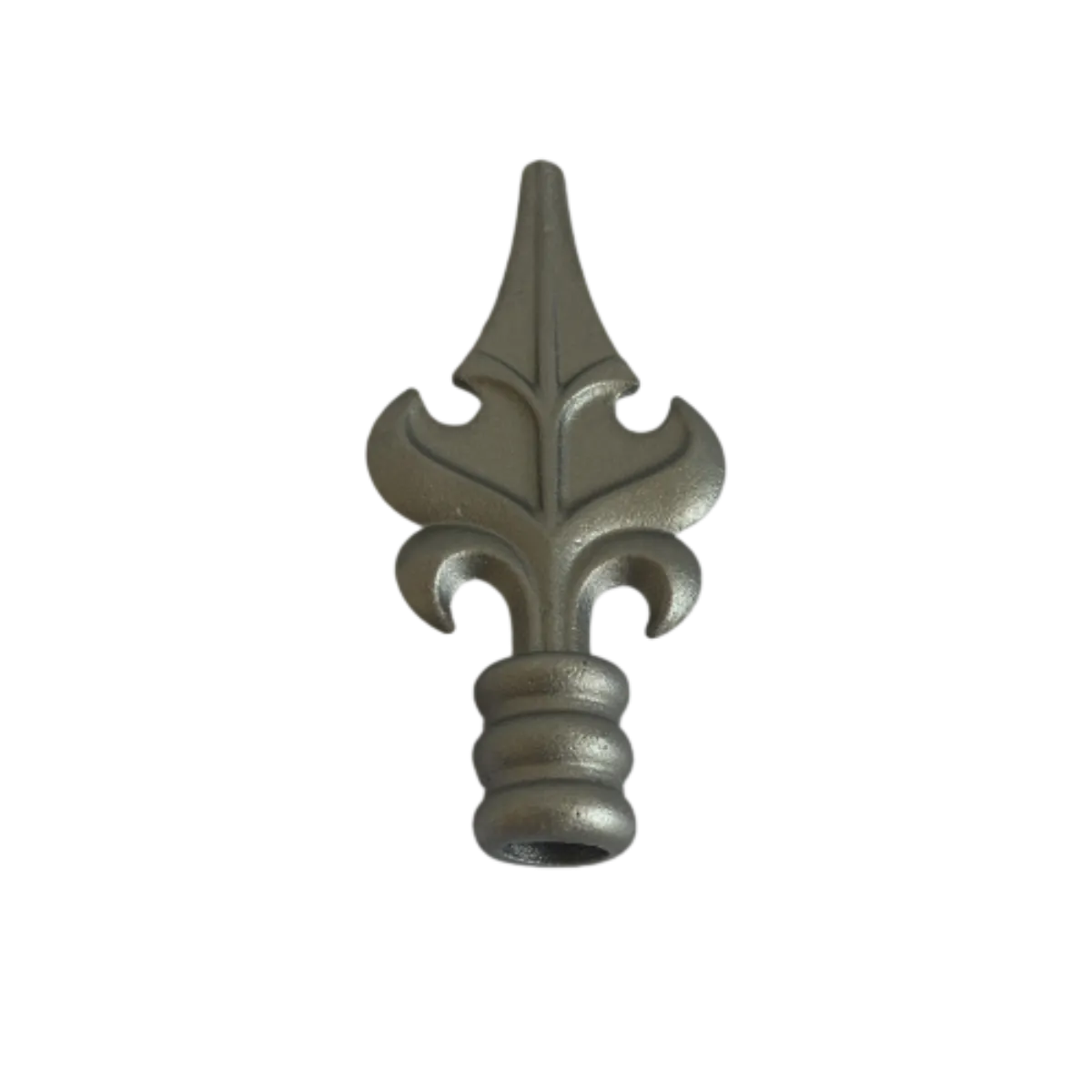Steps for Replacing a Sliding Door Roller Assembly Efficiently and Effectively
Sliding Door Roller Assembly Replacement A Comprehensive Guide
Sliding doors are a popular feature in many homes, admired for their space-saving design and elegance. However, over time, the rollers that allow the door to slide smoothly can wear out or become damaged, resulting in frustrating jamming or difficulty in opening and closing the door. If you're facing such issues, it might be time for a sliding door roller assembly replacement. This guide will walk you through the process step-by-step, ensuring you can restore your door's functionality with confidence.
Understanding Sliding Door Roller Assemblies
Sliding door roller assemblies consist of rollers and a track that allows the door to move seamlessly. These parts endure a lot of motion and friction, making them susceptible to wear and tear. Signs that indicate a roller assembly needs replacement include excessive noise when opening or closing, difficulty in movement, and visible damage to the rollers.
Tools and Materials Needed
Before beginning the replacement, gather the following tools and materials
- New roller assembly (ensure it is compatible with your sliding door) - Screwdriver (flathead and Phillips) - Pliers - Level - Measuring tape - Lubricant (optional for smoother operation) - Safety goggles
Step-by-Step Replacement Process
Step 1 Preparation
First, clear the area around the sliding door. Remove any furniture or obstructions to give you ample space to work. It’s also advisable to place a blanket or drop cloth on the floor to protect it from scratches.
Step 2 Remove the Door
sliding door roller assembly replacement

To access the roller assembly, you will need to remove the sliding door from its track. Start by lifting the door upwards to disengage the rollers from the bottom track. If the door is particularly heavy or cumbersome, you may want a helper to assist you. Carefully tilt and pull the door towards you, ensuring it doesn’t fall. Place it on the ground, bottom side up.
Step 3 Inspect the Existing Roller Assembly
With the door removed, examine the existing roller assembly. Check for any screws, retaining clips, or other fasteners that might be holding it in place. Use the appropriate screwdriver to remove these screws carefully.
Step 4 Replace the Roller Assembly
Once the existing roller assembly is free, take the new assembly and fit it in the same position. Ensure that it aligns properly with the track and door frame. Secure the new assembly in place with screws, making sure not to overtighten as this could damage the assembly.
Step 5 Reinstall the Door
With the new roller assembly in place, it’s time to reinstall the door. Lift it back into the track, ensuring that the rollers are correctly seated. Gradually lower the door and test its movement. If the door drags or feels uneven, you may need to adjust the roller height by turning the adjustment screws on the roller assembly.
Step 6 Finishing Touches
Once the door slides smoothly, consider applying a lubricant to the rollers and track for added ease of movement. Clean any debris from the track to prevent future issues. If the door is unlevel, use a level tool to make necessary adjustments for an even fit.
Conclusion
Replacing a sliding door roller assembly can seem daunting, but with the right tools and a little patience, it is a manageable DIY task. By following the steps outlined in this guide, not only will you restore functionality to your sliding door, but you will also gain a sense of accomplishment in maintaining your home. If you encounter any complications or are uncertain about the process, consider consulting a professional for assistance. A well-functioning sliding door not only improves accessibility but also enhances the overall aesthetic of your living space, making it a worthwhile investment in your home.
-
Wrought Iron Components: Timeless Elegance and Structural StrengthNewsJul.28,2025
-
Window Hardware Essentials: Rollers, Handles, and Locking SolutionsNewsJul.28,2025
-
Small Agricultural Processing Machines: Corn Threshers, Cassava Chippers, Grain Peelers & Chaff CuttersNewsJul.28,2025
-
Sliding Rollers: Smooth, Silent, and Built to LastNewsJul.28,2025
-
Cast Iron Stoves: Timeless Heating with Modern EfficiencyNewsJul.28,2025
-
Cast Iron Pipe and Fitting: Durable, Fire-Resistant Solutions for Plumbing and DrainageNewsJul.28,2025
-
 Wrought Iron Components: Timeless Elegance and Structural StrengthJul-28-2025Wrought Iron Components: Timeless Elegance and Structural Strength
Wrought Iron Components: Timeless Elegance and Structural StrengthJul-28-2025Wrought Iron Components: Timeless Elegance and Structural Strength -
 Window Hardware Essentials: Rollers, Handles, and Locking SolutionsJul-28-2025Window Hardware Essentials: Rollers, Handles, and Locking Solutions
Window Hardware Essentials: Rollers, Handles, and Locking SolutionsJul-28-2025Window Hardware Essentials: Rollers, Handles, and Locking Solutions -
 Small Agricultural Processing Machines: Corn Threshers, Cassava Chippers, Grain Peelers & Chaff CuttersJul-28-2025Small Agricultural Processing Machines: Corn Threshers, Cassava Chippers, Grain Peelers & Chaff Cutters
Small Agricultural Processing Machines: Corn Threshers, Cassava Chippers, Grain Peelers & Chaff CuttersJul-28-2025Small Agricultural Processing Machines: Corn Threshers, Cassava Chippers, Grain Peelers & Chaff Cutters












